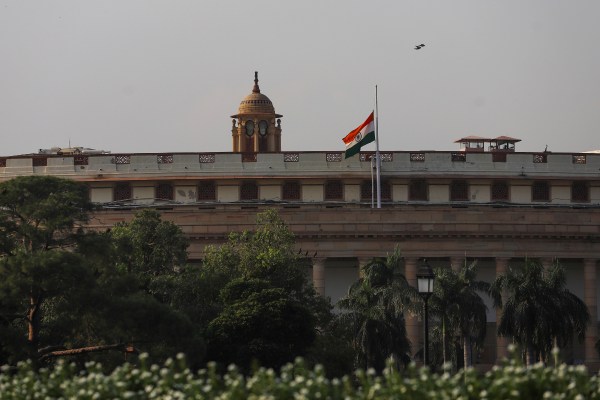India’s push to ban over 90 lending apps has sent shock waves through the fintech industry as many scramble to understand why they have been impacted. The Ministry of Electronics and IT’s move is reportedly aimed at protecting the nation’s integrity and curb China’s influence in the South Asian market, the state-owned broadcaster Prasar Bharati said on Sunday.
In meetings with fintech associations on Tuesday, officials from the IT Ministry and influential think tank Niti Aayog offered broader explanations about the decision.
The IT Ministry is concerned about the past and current presence of Chinese investors on the cap tables of some lending apps in India, the officials said, according to a source familiar with the matter.
Another concern is the rising reports of cybercrimes that are linked to China. The officials said the Ministry of Home Affairs has received reports of criminal activities involving Chinese firms that are tapping APIs to access Indian lending apps and obtaining and storing data of Indian consumers outside of the country, the source said.
Separately, India’s Enforcement Directorate, the country’s anti–money laundering force, has identified criminal proceeds of over $255 million, the Ministry of Finance said Tuesday in a statement. “Illegal” loan apps were used to generate and acquire laundered capital, it added.
The ban — which seeks to crack down on over 232 apps, more than half of which offer gambling and betting services — was initially understood to impact only Chinese players. But the abrupt action on Monday against PayU’s LazyPay, fintech Kissht, Indiabulls Home Loans left the industry scrambling to assess their own compliance efforts.
The list, yet to be publicly published but a copy of which was seen by TechCrunch, also includes versions of Ola’s Avail Finance, KreditBee, TrueBalance and mPokket on third-party Android marketplaces.
Google has received the order from the Ministry of Electronics and Information and Technology, and as of Tuesday it was evaluating it. Google had no comment.
The officials said on Tuesday that the ministry is taking action on some apps because of their sketchy loan-collection practices and customer services, according to the source, addressing a longstanding pain point of Indian consumers.
The Reserve Bank of India, the country’s central bank, is in line with the decision, the source said. The source requested anonymity discussing nonpublic matters.
February’s move adds to the Indian government and regulator’s growing scrutiny of Indian fintech startups that have been asked to make a series of major changes to their business practices in the past two years.
India has blocked over 350 apps with links to China in recent years amid clashes at the border that escalated tensions between the neighbor nations. New Delhi banned Tencent’s Xriver, Garena’s Free Fire, NetEase’s Onmyoji Arena and Astracraft and 50 more apps with apparent links to China early last year.
The Indian government also banned dozens of apps, including ByteDance’s TikTok, Xiaomi’s Community and Video Call apps and Alibaba Group’s UC Browser and UC News in mid-2020.
New Delhi has never publicly said that it’s taking actions on apps from any particular country.
